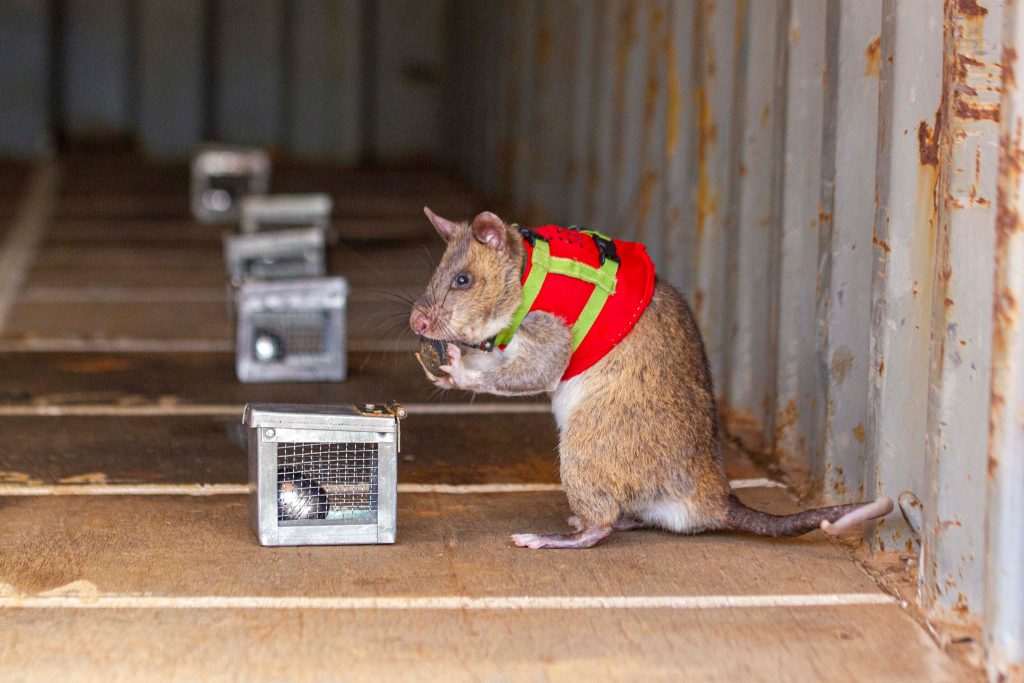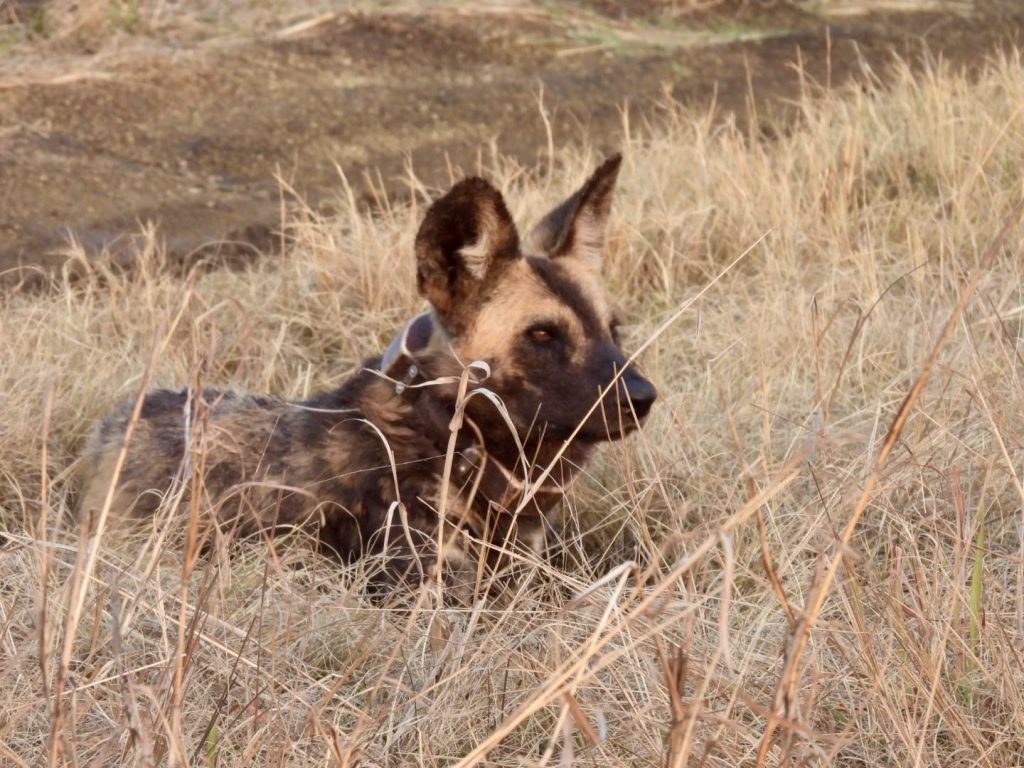As passionate travellers and conservationists, we are always looking for the latest updates from the natural world. However, with busy schedules, keeping up with all the information floating around the internet can be hard. Conservation Clips offers short conservation updates from South Africa and further afield.
These short pieces provide a basic overview of everything from new species discoveries to community conservation projects making an impact. We hope this will allow like-minded nature lovers to get their monthly dose of digestible conservation news. We condense the information into a summed-up, easy-to-digest format and include some sources for further reading.
Here are your Conservation Clips for October 2024. Share your conservation news with us for consideration by clicking here.
Smelling a rat? Sharp noses to identify trafficked wildlife
Researchers from APOPO, a non-profit organization based in Tanzania, have successfully trained African giant pouched rats to detect scents from illegally trafficked wildlife using their keen sense of smell. The rats could identify pangolin scales, elephant ivory, rhino horn, and African blackwood five to eight months after exposure. Through extensive training, the rats learned to distinguish between target wildlife scents and non-target substances like electronic cables and coffee beans often used to mask illegal cargo. This demonstrates the rats’ potential at ports and borders to help intercept wildlife trafficking. Their agility and ability to fit into tight spaces inaccessible by other detection methods could prove a valuable tool for conservation. The researchers are now developing specialised harnesses for the rats to alert handlers to the presence of trafficked species efficiently.
Read the full research here

New ecological corridor to benefit conservation
SANParks has reached an important conservation milestone by completing an ecological corridor within the Table Mountain National Park. Through collaborative efforts over many years, SANParks has incorporated additional land to link the park’s Central and Southern sections between Noordhoek and Kommetjie. They achieved the goal of connecting these areas through the Noordhoek-Fish Hoek gap. This will protect the valuable Noordhoek wetlands. The final piece was the donation of over 25 hectares by local landowners, completing the “missing link” and restoring formerly alien-dominated areas. The new corridor enhances biodiversity by allowing plants and animals to move freely between habitats. Its establishment strengthens ecological integrity for future generations.
Read the full story here
Birds of a feather build together

Researchers studied nest-building among white-browed sparrow weavers in southern Africa’s Kalahari Desert over two years. They observed multiple social groups of these birds in the Twalu Kalahari Private Wildlife Reserve. Analysing almost 450 completed nest structures, the scientists found each group exhibited distinct architectural patterns. Some groups specialised in building shorter, thicker nests while others focused on elaborate entrances and exits. Follow-up observations confirmed the group-specific styles persisted over time. The consistent differences between groups living in similar habitats point to cultural transmission of nesting techniques rather than genetic or environmental factors determining nest form. This discovery provides rare evidence that some birds have socially learned traditions for an important behaviour like nest construction.
Wild dogs introduced
Nambiti Game Reserve has welcomed a small pack of three African Wild Dogs, in collaboration with Wildlife ACT, Ezemvelo KZN Wildlife, and the Endangered Wildlife Trust. The aim of this initiative, under the guidance of the KZN WDMG, is to increase safe spaces for African Wild Dogs in KwaZulu-Natal. It is an important milestone for Nambiti and the conservation of this iconic species.
All of them have tracking collars to enable daily monitoring to determine the pack’s movements, population and behavioural dynamics, and ecological influences, and allow swift response to mitigate any potential threats. The information gathered allows for informed decision-making – both on the reserve and for the overall species, both in KZN and nationally.

Buffel receives a jab
We shared the news about the rabies outbreak among the Cape fur seals in our August Conservation Clips. Since this announcement, veterinarians vaccinated Buffel the elephant seal against the disease as he has been around Duiker Island near Hout Bay for a while. Buffel developed the habit of biting seals to death, using them as chew toys, possibly due to increased hormone levels during the breeding season for southern elephant seals. He has consistently chosen not to return to the sub-arctic islands where he would find more of his kind. Jean Tresfon, a marine and conservation photographer shared photos of the event on Facebook. Read more here. If you are a diver considering underwater activities near seals this coming festive season, please be careful.
New underwater discoveries
New research has led to the discovery and naming of three tiny new marine species found living along the South African coast. A “walking sponge” called Suberites ambulodomos have a unique symbiotic relationship with hermit crabs, growing over their shells. A small clam called Brachiomya ducentiunus lives within the spines of heart urchins. Additionally, researchers discovered a rare parasitic isopod named Pseudionella pumulaensis attaching to and feeding on the gills of hermit crabs. These discoveries were through collaborative biodiversity research projects involving South African universities and international experts. While small, these make up the base of the marine ecosystem through their roles in nutrient cycles and food chains. Identification of new species provides valuable data to better understand and protect South Africa’s rich coastal biodiversity. Read more here
*** END ***
Do you have conservation stories to share with us? Click here to share the info with us. We might include it in our Conservation Clips, or contact you for a full story.




